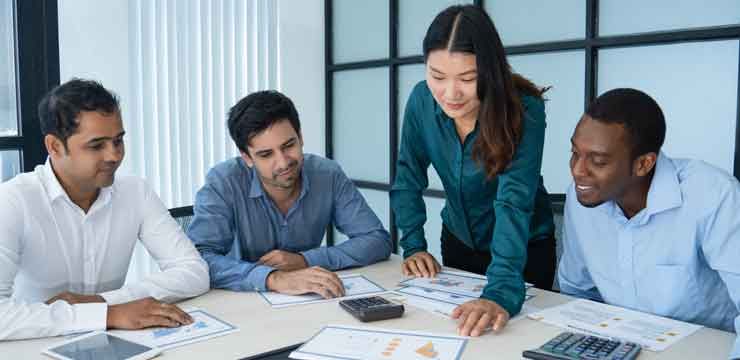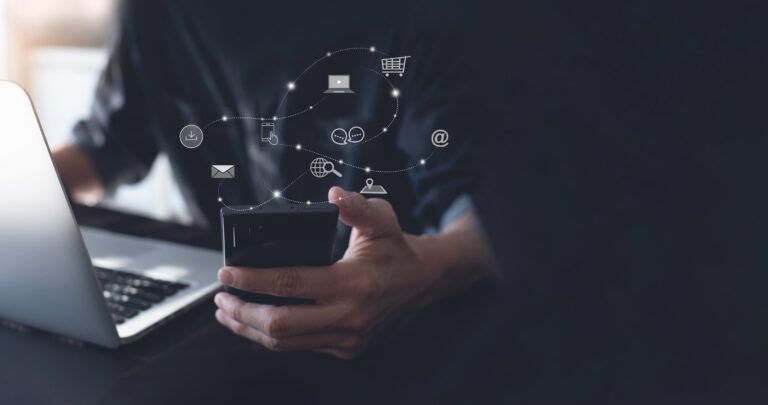What is a Growth Loop and Why it’s the Silver Bullet for Businesses in the Digital Age

In the age of AI, we have evolved from- “Ideas are worthless, show me the execution”, to “Execution is easy, show me the conviction”. You or I can’t put the AI genie back in the bottle; it’s out there and all we can do today is to become more intentional about what we wish to achieve. And being intentional requires either a deep conviction or a sharper understanding of the market. Either way, one needs to go deep and cultivate strategic thinking.
The traditional growth playbook focussed on fine-tuning the conversion funnel. However, with the lack of funding in the market, everyone, from investors to start-up founders to employees to the audiences of Shark Tank, is now thinking about numbers like profit margins and customer repeat rate. The growth loop framework is an excellent way to understand why these metrics are important.
What is a Growth Loop?
At its most fundamental, a growth loop is all about a strategy that helps you gain future users by delighting your current users.

The concept is fundamentally based on the idea of compounding growth. If your current users are so happy with your solution that they start referring you, and those who have been referred will refer even more users- you have the beginnings of a growth loop.
It may sound similar to a referral strategy, but it isn’t. Here, the added advantage is that the algorithm and the operations at the center of your business keep improving. Also, to make a growth loop truly successful, you need cross-functional alignment across all business verticals. Let’s understand this with an example.
Growth Loop Use Case
Let’s say an e-commerce store, NewX, has just begun its operations. To start attracting customers, they launched an ad campaign. Most likely, their early-stage data would look something like the following:
50,000 Rs spent – 4 orders booked- earned 2000 Rs.
This isn’t sustainable. So after a while, they would learn about funnels, and now the data would look like this:
10,000 impressions -> 570 clicks -> 400 website visitors -> 15 add to carts -> 4 purchases.
With the funnel approach, the focus will shift more toward figuring out how to get 500 clicks instead of 400, 20 add-to carts instead of 15, or 7 purchases instead of 4. And yes, that’s valuable. But there’s even more value that can be unlocked.
It’s only when NewX starts thinking deeply about how I can get my current users to bring in more future users that growth multiplies.
The Best Growth Loop Case Study: Pinduoduo
Amazon’s case study has been discussed in countless MBA classes across the world. There have been countless e-commerce sites that have tried replicating that model. Not many have succeeded. But there’s another e-commerce giant about which not many people have even heard of, and its called Pinduoduo.
Pinduoduo’s an e-commerce giant that is currently valued at >$187 billion and is expected to reach 1 $trillion by the end of this decade. But what’s really so different about it?
Unlike most e-commerce stores, Pinduoduo thought long and hard about the question, “How do we get our current users to bring in more users?”. The final answer required a much deeper understanding of psychology and human relations. Pinduoduo’s big innovation was the idea of group buying.
They figured that most of their audience in tier-2/3 China cared more about discounts than anything else. Simultaneously, the sellers cared more about increasing their order volume and revenue. So, Pinduoduo started an e-commerce store to promote group buying behavior, i.e.- if you can buy product X at a price of $10, or you can invite your friend to also buy this, and you both get it at $9.5. And if you bring even more friends, the discount increases for everyone.
Post facto, doesn’t that sound like such a simple concept? Yet, how many e-commerce stores do you know that have ever implemented something like this? None, right?
Strategy is All About Storytelling
It’s only when you really think deeply about your market and customers that you find an approach like this.
But as anyone who has built a business can tell, strategy counts for nothing without execution. And to really ensure your deep strategy truly works, you need cross-functional alignment. To truly serve that strategy, you need to think beyond just acquisition, product experience, or monetization in individual silos.
The entire team needs to be rallied around a common goal. And while North Star Metrics serve this purpose well, North Star Stories work even better.
The Facebook Case Study: A North Star Story
Let’s take the example of Facebook. In its early days, Facebook was a social network with a lot many moving pieces. Different teams looked after different metrics, trying to build in a market that had no precedence. You can just imagine the confusion. What’s important is how fast the website loads, what nine features every profile needs, or how you answer customer queries for 200+ different feature requests.
And yes, each of those things may be important. But growth needs alignment. It needs an understanding of what really drives your users. The North Star Story that Facebook’s growth team invented enabled every user to connect with seven friends in 10 days is one of the best examples of growth looping going viral.
It may not have been statistically absolutely accurate, but it was simple to understand, concrete, sounded intuitive, and demonstrated results. And so, different teams’ goals were aligned to serve this larger goal.
This not only helped existing users find value but was also driven by a good experience- they referred even more users. This eventually built network effects, which not only helped them grow their user base but also built a competitive moat that couldn’t be easily disrupted.
So, next time you think about business growth, ask how you can get your current users to bring in more users and start a virality growth loop.
NOTE: The views expressed in this article are those of the author and not of Emeritus.






